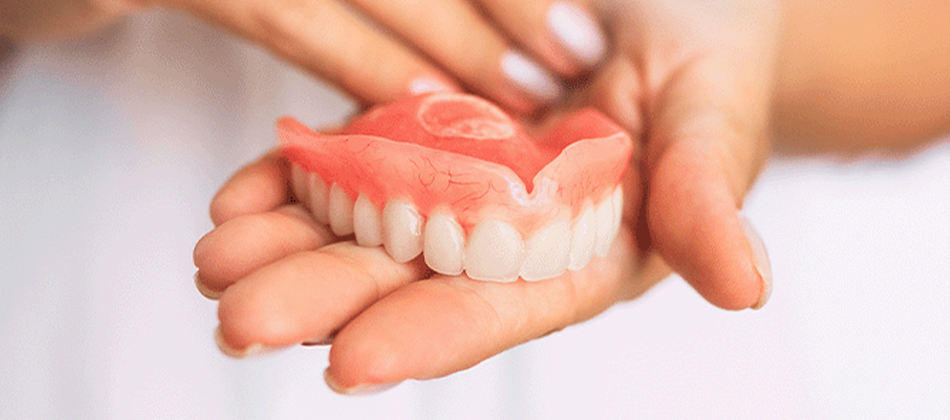Preprosthetic Surgery
An aesthetic smile is the expression of power;
the smile is the sharp sword of this power.

Preprosthetic surgery is a surgical procedure performed before the restoration of teeth or prosthesis application. This procedure is performed for various purposes, such as changing the shape, size or position of teeth, reshaping gums or restructuring bone. Preprosthetic surgery is performed to create a suitable tooth and gum structure for a better restoration or prosthesis application.
Preprosthetic surgery covers surgical procedures performed to apply dental prostheses. Therefore, preprosthetic surgery can be performed on people who need dental prostheses and require surgical intervention to apply these prostheses. For example, people who require procedures such as bone correction, soft tissue correction, gum correction or sinus lifting for implant application or prosthetic construction are among the suitable candidates for preprosthetic surgery.
Preprosthetic surgery is a series of procedures that can be performed using different techniques. These operations may include:
The application of these procedures may vary depending on the patient’s condition, the structure of his teeth and his needs.
Preprosthetic surgery always carries a risk, like other surgical procedures. However, the risk level may vary depending on the type of procedure and the patient’s general health condition. Possible risks that may occur during preprosthetic surgery include:
Therefore, before any dental procedure such as preprosthetic surgery, it is important to inform the patient about the risks and possible complications, taking into account his general health condition and medical history.
Preprosthetic surgery has an important place in dentistry practices and has many advantages. Some of these are those:
The recovery process after preprosthetic surgery may vary depending on the size of the area where the surgical procedure is performed, the severity of the procedure, and the general health condition of the patient. However, symptoms such as mild pain, swelling and bleeding can usually be observed. These symptoms usually ease within a few days and disappear completely within a week.
During the recovery process, patients are recommended to follow the following recommendations:
After the procedure is completed, patients should go for regular dentist check-ups to maintain their oral health and protect their teeth.
